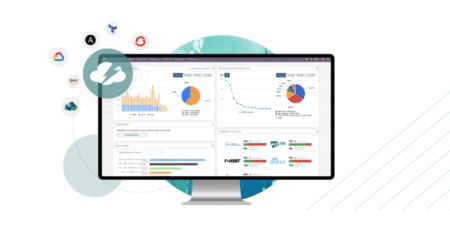The way containers work makes them particularly vulnerable to attack, with wide-ranging consequences.
As digital transformation takes hold in the enterprise community, migrating to the cloud has become a deeply entrenched trend. A big part of this cloud migration has been the widespread adoption of containers. But containers contain sensitive information that can attract the attention of cybercriminals.
Securing containers in the cloud should be a major priority for businesses to ensure a robust security environment to safeguard their crucial business information.
Why containers are especially vulnerable to Cyberattacks
Containers are made up of different interconnected components that link to other applications. What makes containers so attractive is that they containers contain all the necessary elements to run in any environment, virtualize operating systems and run from any private data center or public cloud. This is what also makes them so potentially dangerous.
A defect in the overall security of these containers could allow an attacker to gain access and total control over the entire system. Cybercriminals can leverage access to a container environment to move through the enterprise environment; exploit sensitive data and cause losses worth millions of dollars.
They could also damage a company’s brand’s reputation. Businesses must detect and remediate different container vulnerabilities to mitigate cybersecurity risks early.
Container security best practices
Deepak Gupta, CTO and co-founder at LoginRadius, listed some best practices in an article on containerjournal.com. Enterprises thinking of incorporating strategies and products for managing container vulnerabilities must consider some fundamental principles to ensure adequate container security, he writes. These include building containers with minimum base images or using distro-less images from a trusted source. They should also add stringent layers of security through robust security mechanisms like risk-based authentication (RBA).
Enterprises should also use a vulnerability scanning tool that aligns with the organization’s processes, existing ecosystem and DevOps practices. Finally, companies should plan to implement vulnerability scanning at every phase of development.By following these security best practices, enterprises can secure their containers and minimize the chances of a data breach or an intrusion into their system.
To sum up: Containers are prone to different vulnerabilities, so organizations should test at different software development life cycle phases to scan and highlight these vulnerabilities. Using some of the best practices listed above could help organizations secure their containers in the cloud and mitigate the risk.



















